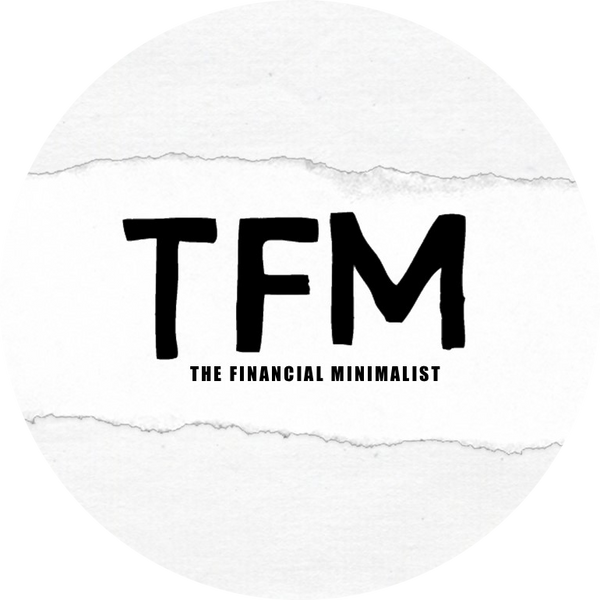In the world of managing money, credit card debt can be a big obstacle to financial freedom. When you use your credit card to buy things and can't pay the full amount later, you owe money. This money you owe can grow quickly because the bank charges you extra (it's called interest), and this interest can be pretty high. So, let's see how to handle credit card debt with real life examples.
Understanding Credit Card Debt
First, let's understand what credit card debt is. It's the money you owe when you use your credit card and don't pay the total amount due when the bill arrives. The bank then charges you extra for not paying on time, and this extra charge is called interest. This interest can quickly make your debt even bigger.
Step 1: Know Your Debt
To deal with credit card debt, you first need to figure out how much you owe. You can do this by:
Listing Your Debts: Make a list of all your credit cards and how much you owe on each.
Interest Rates: Find out the interest rates on each card because the cards with high interest should be paid off first.
Example: Meet Sarah
Let's look at Sarah's situation. Sarah has three credit cards with different balances and interest rates:
Card A: ₱10,000 balance, 24% interest rate
Card B: ₱5,000 balance, 18% interest rate
Card C: ₱3,000 balance, 32% interest rate
Step 2: Plan to Pay Back Your Debt
Now, you need a plan to pay back the money you owe. There are a few good ways to do this:
Snowball Method: Start by paying off the smallest debt while making minimum payments on the others. Once the smallest one is gone, go to the next smallest, and so on. This makes you feel good as you clear each debt.
Avalanche Method: Begin with the credit card that has the highest interest rate. Pay extra money on this card while making minimum payments on the others. Once the highest-interest debt is paid off, tackle the next one.
Debt Consolidation: Think about combining your debts into a personal loan or transferring them to a card with a lower interest rate.
Example: Sarah's Plan
Sarah chooses the Avalanche Method. She pays extra money on Card C, which has the highest interest rate of 32%. After that, she focuses on Card A (24% interest rate) and finally Card B (18% interest rate).
Step 3: Save and Spend Wisely
To pay off your credit card debt faster, you can look at your monthly spending and find ways to spend less. The money you save can go toward paying off your debts more quickly.
Step 4: Stop Adding More Debt
While you're working to pay off your current credit card debt, it's a good idea to avoid using your credit cards for new purchases. Try to pay with cash or a debit card instead to prevent getting into more debt.
A Future Without Debt
Dealing with credit card debt is a big step toward a future where you're in control of your money. By understanding your debt, making a plan to pay it off, and watching your spending, you can get rid of credit card debt. This can set you on a path to a more financially secure future, just like Sarah in our real-world example. Remember, small steps today can lead to a brighter financial future.
"Free yourself from bad debt today to embrace a brighter financial tomorrow."
